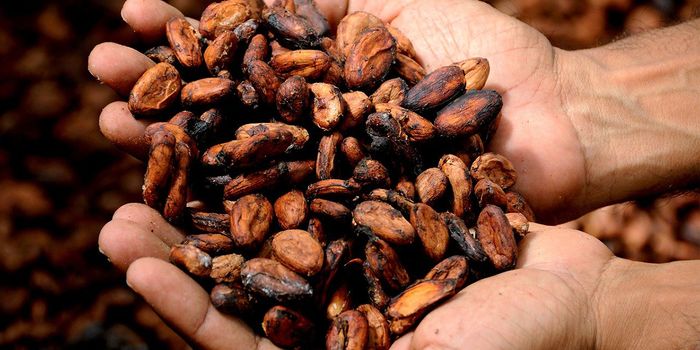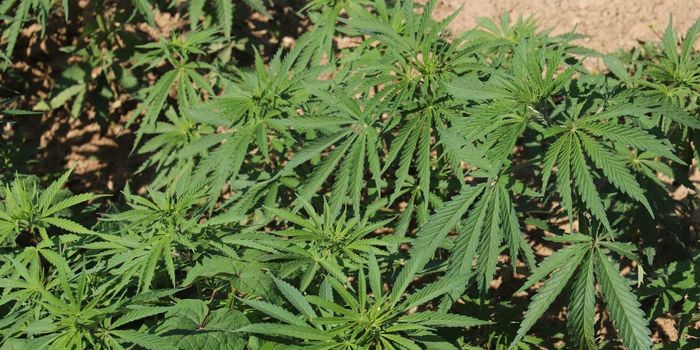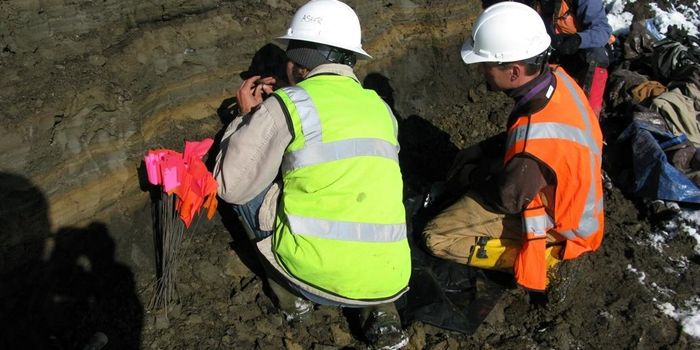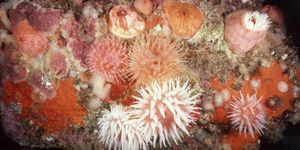You know how your pipes freeze sometimes in the winter when it gets really, really cold? Well, trees are made up of water and their roots are like pipes, transferring that water throughout their bodies. If a tropical tree was exposed to a cold temperature, its "pipes" would freeze, and later thaw, leaving air bubbles that disrupt the flow of water through its trunk. Its leaves would also die rapidly because the water inside its cells would freeze into ice crystals. Now luckily tropical trees don't usually have to cope with such extreme cold, which is why they haven't adapted any strategies to dealing with winter. But what have overwintering trees managed to come up with to survive months of such cold?
In order to tackle the air bubble problem, trees evolved skinnier "pipes," which develop fewer air bubble blockages. Although this was a precursor to being able to survive the winter, tropical trees actually evolved this way to be able to manage drought as well!
In regards to dealing with the ice-crystals-in-your-leaves dilemma, trees found two ways to cope. The first is by filling all the living leaf cells with a concentrated sugary sap that acts as a biological antifreeze (and can later be tapped as maple syrup, yum!). This is how conifers like pine and spruce have adapted. Deciduous trees like oaks and maples simply lose their leaves, recognizing that the task of regrowing leaves when the sun and warm temperatures return is more energy efficient that trying to keep leaves alive over the winter. If you were a tree, which technique would you choose?








